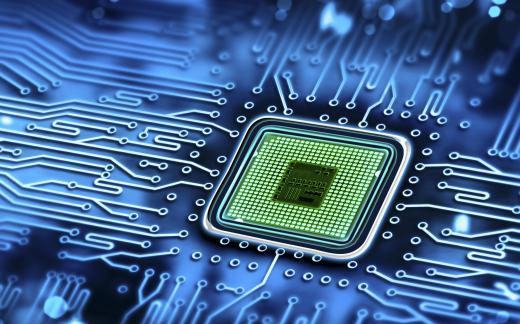High tech manufacturing is an extremely wide and poorly-defined segment of the modern manufacturing industry. Exactly what products are considered high tech is a vague concept left up to marketing departments. By its broadest definition, high tech manufacturing involves circuit boards or advanced chemical manufacturing. This makes everything from cancer medicine and laptops to coffee makers and aspirin high tech. Some industries and economists have attempted to narrow the classification down but have met with little success.
The term "high tech" originated in the mid-20th century. The term was used to describe the world-changing technologies, such as atomic energy, mass-produced televisions and the integrated circuit, that were becoming commonplace. These technologies were so advanced that people saw them as an entirely new level of technology, beyond any that had existed before.

As technologies came and went, the term continued to evolve around it. At one point, betamax players, laserdiscs and 8-track systems were all considered high tech, and the processes used to make them were high tech manufacturing. As these technologies grew into obsolescence, they ceased to be high tech, and the technologies that followed were the new high tech. These technologies were also passed up and, eventually, the high tech systems that are used today will fall by the wayside before even more advanced technologies.

Since the term high tech has such a variable meaning, high tech manufacturing does as well. In most cases, if an item uses circuit boards, microchips or advanced pharmaceutical processes, then it falls into this type of manufacturing. These definitions were created at a time when these technologies were less common than they are today. Now, a huge portion of the manufacturing world would fall into these categories.

In an attempt to further classify the high tech manufacturing industry, many groups have attempted to refine the current definition. While some of these definitions seemed promising, such as using age or cost-based analysis, they all fall apart when applied to certain industries. For instance, many of the technologies used in the creation and manufacture of a space shuttle haven’t changed in decades, but saying the space shuttle isn’t a high tech item is likely to be met with opposition.

Deciding what is and is not high tech manufacturing is also made more difficult by the marketing used to sell new products. In order to make a product seem more advanced than its counterparts, marketers will use spin-heavy words, such as high tech, to describe it. Over time, these words lose their impact and are replaced, much like the items they advertise.
